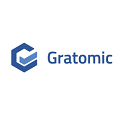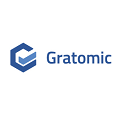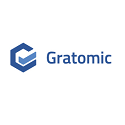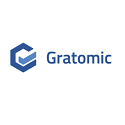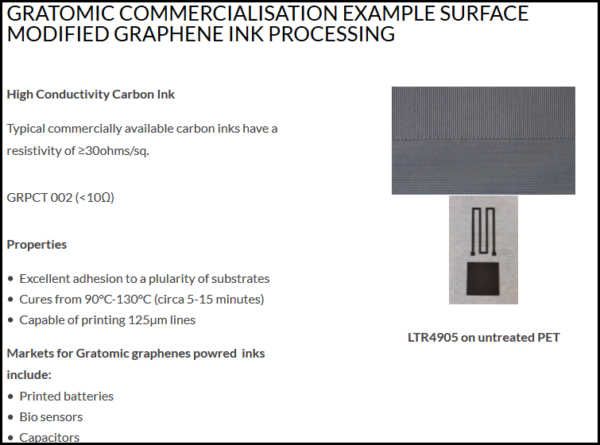SPONSOR: Gratomic Inc. (TSX-V: GRAT) Advanced
materials company focused on mine to market commercialization of
graphite products, most notably high value graphene based components for
a range of mass market products. Collaborating with Perpetuus, Gratomic
will use Aukam graphite to manufacture graphene products for
commercialization on an industrial scale. For More Info Click Here
- The wonder material is yet to live up to its potential but an Indian startup is weaving dreams with this form of carbon
The molecule is priceless, but it’s not the cost — a few lakh rupees
per kilo — that helped graphene win the epithet of “wonder material†or
“possibly the most remarkable substance discovered†in scientific
circles.
Graphene owes its impressive resume to its multiple attributes —
strong, flexible, light, transparent, waterproof and a good conductor of
electricity. Ever since it was discovered in 2004, scientists have been
speculating about its potential uses — replacing silicon in
electronics, indium in touchscreens and liquid polymer in bulletproof
vests. Unfortunately, the wonder material has failed to deliver on its
promises and still has a long way to go.
Despite that, scientists and entrepreneurs haven’t stopped pumping
billions of dollars and man hours into the quest for new inventions with
graphene that can transform sectors such as electronics, energy, health
and construction.
Log 9 Materials, a Bangalore-based nanotechnology start-up, has been
chasing the graphene dream since it was founded in 2015 by IIT-Roorkee
graduates Akshay Singhal and Kartik Hajela. It has been trying to tame
the material in many avatars — cigarette filters, batteries for
electronic vehicles and coatings for aircraft. Their latest foray is
into industrial clean up, including oil leaks and oil spills. Liquid
petroleum often gets accidentally released into oceans, bays and rivers
during transport and the spill does irreparable damage to aquatic life.
“The oil sorbent pads (LSP 20) innovated by us help contain and
absorb off-shore and on-shore [oil] spills as well as spills of other
chemicals,†says Akshay Singhal, co-founder and chief executive officer
of Log 9 Materials. “LSP 20 is able to absorb spills up to 86 times its
own weight. It has been tested against British Standards by third party
laboratories and has also been certified safe to incinerate and
dispose,†he adds.
There is always a risk of spillage during exploration, transportation
and storage of oil. Spills have the potential to cause irreparable
ecological damage in sea and on land. In situ combustion, oil booms and
oil skimmer vessels are used to clean up such spills but are not very
efficient. The products and particulates emitted through oil combustion
pollute the atmosphere while booms and skimmers, which are meant to
confine the spill to a specific location for collection, do not work
well in turbulent water.
One of the most economical and efficient means of removing oil spills
is to use sorbents that repel water (hydrophobic) but absorb oil
(oleophilic).
Akshay Singhal, co-founder and chief executive officer of Log 9 Materials
One of the most efficient means of removing oil spills is to use sorbents that repel water but absorb oil
Various natural absorbers such as expanded perlite and zeolites,
organic materials such as wool fibre, activated carbon and sawdust have
all been used as sorbents because of their extremely small pores.
However, these materials are incapable of absorbing oil without the
water. That is why new materials are needed that can sequester oil and
remove it. Various microporous polymers have been studied due to their
large specific surface area and hydrophobicity. Although they show
relative high absorption ability, the cost of these kinds of sorbents is
also high.
Graphene, discovered at the University of Manchester, UK, in 2004,
consists of thin flakes of carbon atoms arranged in a hexagonal
structure. It has a high surface area. While a typical carbon atom has a
diameter of about 0.33 nano metres, there are about three million
layers of graphene in 1mm of graphite — a crystalline form of the
element, carbon. Harder than diamond but more elastic than rubber,
tougher than steel yet lighter than aluminium, it can be processed into
various unique structures. Several graphene-based structures have been
designed and fabricated over the past decade to strongly repel water
(superhydrophobic) but absorb oil (superoleophilic) efficiently. These
characteristics make graphene an ideal candidate for selective
absorption of oil spills.
“We manufacture products to control spills of all forms, using
graphene. These products can be used to prevent, control and clean
spills in and around marine or terrestrial ecosystems,†says Dhananjay
Sharma, director and chief executive officer, Log 9 Spill Containment
Pvt. Ltd.
“The company has a larger agenda to educate various industries and
businesses about the value propositions attached to using graphene-based
products or offerings with respect to cost savings and environmental
impact,†he adds.
While graphene has countless potential applications, Log 9’s focus is
on two main areas: filtration and energy. Apart from the oil sorbent
pad, they are currently working on a metal-air battery which could
replace the current lithium ion batteries.
Says Singhal, “This battery makes use of the interaction of air,
water and aluminium. The air cathode made of graphene generates
electricity, thus making it lighter in weight compared to lithium ion
batteries.†Moreover, these batteries can run about 1,000km on a single
charge compared to 100-150km of the current ones.
Technology usually progresses at a slow pace. Swedish chemist Jakob
Berzilius purified silicon in 1824 but it took more than a century for
the semiconductor — used to run all modern electronic gadgets — industry
to develop. Most of the components of today’s smartphones, from
microprocessors to touchscreens, were also invented in the 1960s. It is,
therefore, expected that it will take some time for more horizons to
open up in the world of graphene. It is laudable that an Indian start-up
has dared to join graphene’s innovation race.
Source: https://www.telegraphindia.com/science/bend-it-like-graphene/cid/1708387

